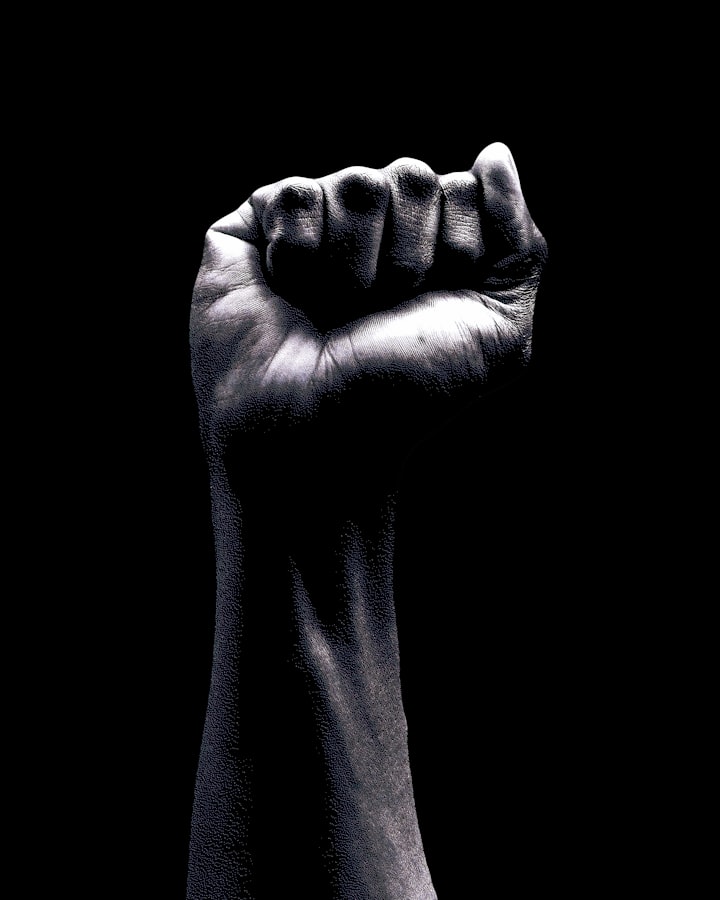
If you’re a frequent scroller on IG, twitter, fb and real news articles, you’ve probably heard all about how plastic is slowly taking over the world.
I know I've seen tweets being like “there will be more plastic than fish in the sea in 2050” or “Australians use 10 million plastic straws every day”. Which to be fair, I've posted previously. There’s an influx of footage containing plastic items like bags, straws, water bottles injuring marine life, overflowing in landfills or even just laying on the beach. So much so that we’ve almost become desensitised to it and accept it as a part of living.
The thing is, it’s not only our wildlife or marine life being affected by our plastic addiction. It’s our families, friends and now even our unborn children baring the brunt of it.
How? They’re called “Microplastics”.

What is that exactly?
They’re tiny particles of plastic debris that have started breaking off larger plastic items. When plastic starts to decompose, tiny particles come off. Those particles are so small that they contaminate our air, water and food.
You may of heard that fish now contain plastic particles too, but by food we mean all types, it's not just in our meats. Tin cans are lined with plastic chemical coatings, water bottles have around 325 pieces per litre and even teabags have around 11.6 billion pieces of microplastics in a single cup, generally any food items we put plastic around will contain traces of plastic particles. [Source: Science Alert]
This all adds up, it’s estimated that we all ingest about a credit cards worth of plastic each week.
Philipp Schwabl, a researcher from the Medical University of Vienna has said “The smallest microplastic particles are capable of entering the bloodstream, the lymphatic system, and may even reach the liver.” [Source: The Guardian ]
Scientists are now finding plastic in our digestive systems. Plastic is thought to now be able to move into our blood streams and within our reproductive systems, “these chemicals have been linked to a variety of health problems, including reproductive harm and obesity”. [Source: Washingpost]
A health scientist named Antonia Calafat has studied the effect that microplastics have on pregnant women. She's found that “microplastics in the blood of pregnant women cross the placental barrier and directly result in embryonic developmental disorders, gestational diabetes, decreased birth weight, allergic asthma and other respiratory problems in newborns.” Not only through blood, she also has found that microplastics can be “transmitted through the mother’s milk” causing more possible development issues. [Source: Medium]
It isn’t hopeless and this isn’t a lost cause.
Global change has already begun to decrease our plastic addiction. Through exposure and education of what microplastics and plastics are doing to us and the planet, action is being taken to reduce it. It will take time but it is worth it.
How can you join in and make more of a difference? Small steps towards an almost plastic-free lifestyle is start!
Here’s how you can begin to minimise your plastic use:
- Using things like waxed cloth instead of cling wrap. Wherever you can opt out for a reusable option instead of a single-use plastic option is great!
- Seeing where your food comes from and how it’s packaged. For example try avoiding plastic packaged eggs, and go for the cardboard carton.
- Recycling! Look it’s confusing at times but if you know for certain you can recycle it, just recycle it!
- Taking a bit more responsibility to where your plastic waste ends up (so it doesn’t reach the oceans and eaten by marine life to start the cycle again).
- Staying conscious of your plastic-usage and the impact you can have by not choosing a plastic bag. Think about it, if you use your own reusable bag, you’re saving the planet 200 years worth of plastic decomposition every time you visit the grocery store.
Everyone can do their own bit to keep moving in the right direction of positive change. Even something as small as using a different type of straw can make a positive impact.
About the Creator
Paris
Hey there! I am a creative based in Syd, Australia and like to write personable takes on eco-issues, graphic design and startup stuggles.
Creator of Newgenstraws,
Freelance Graphic Designer &
Struggling Startup-er






Comments
There are no comments for this story
Be the first to respond and start the conversation.